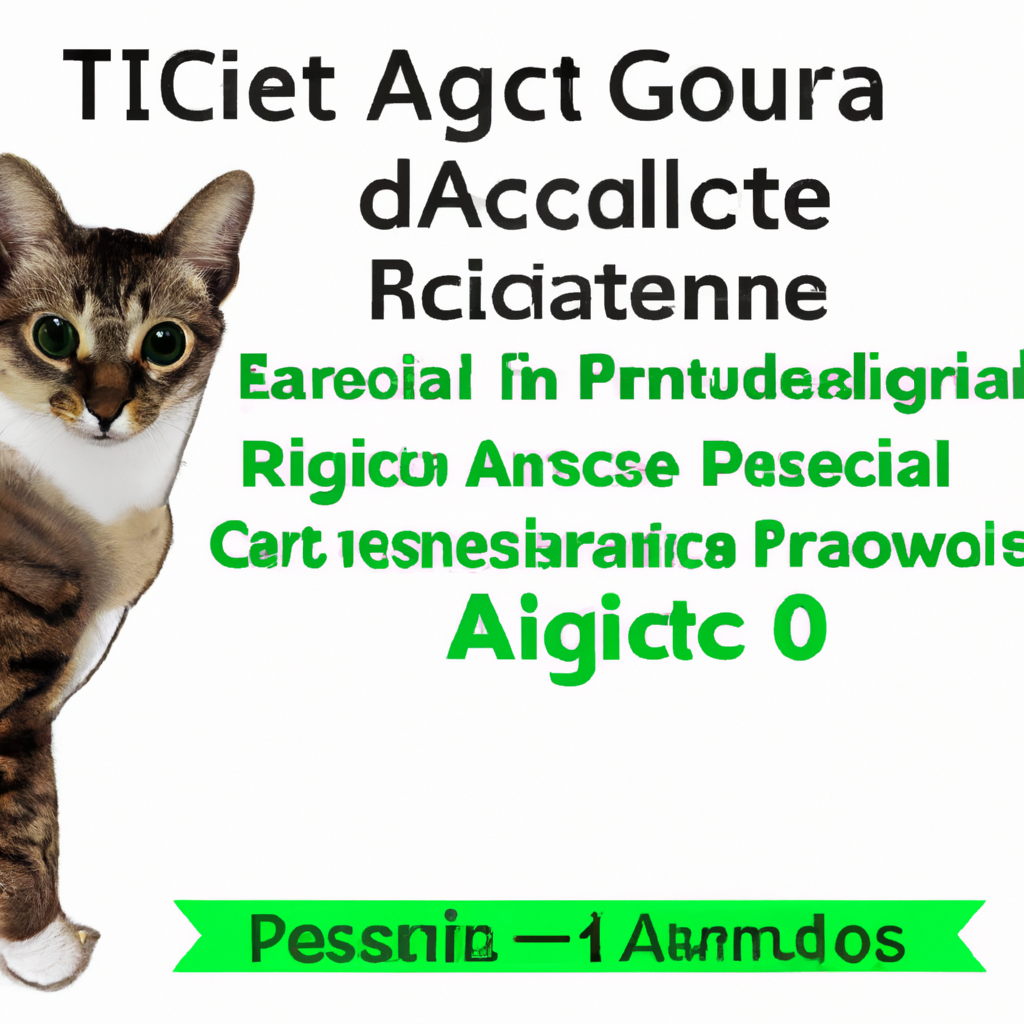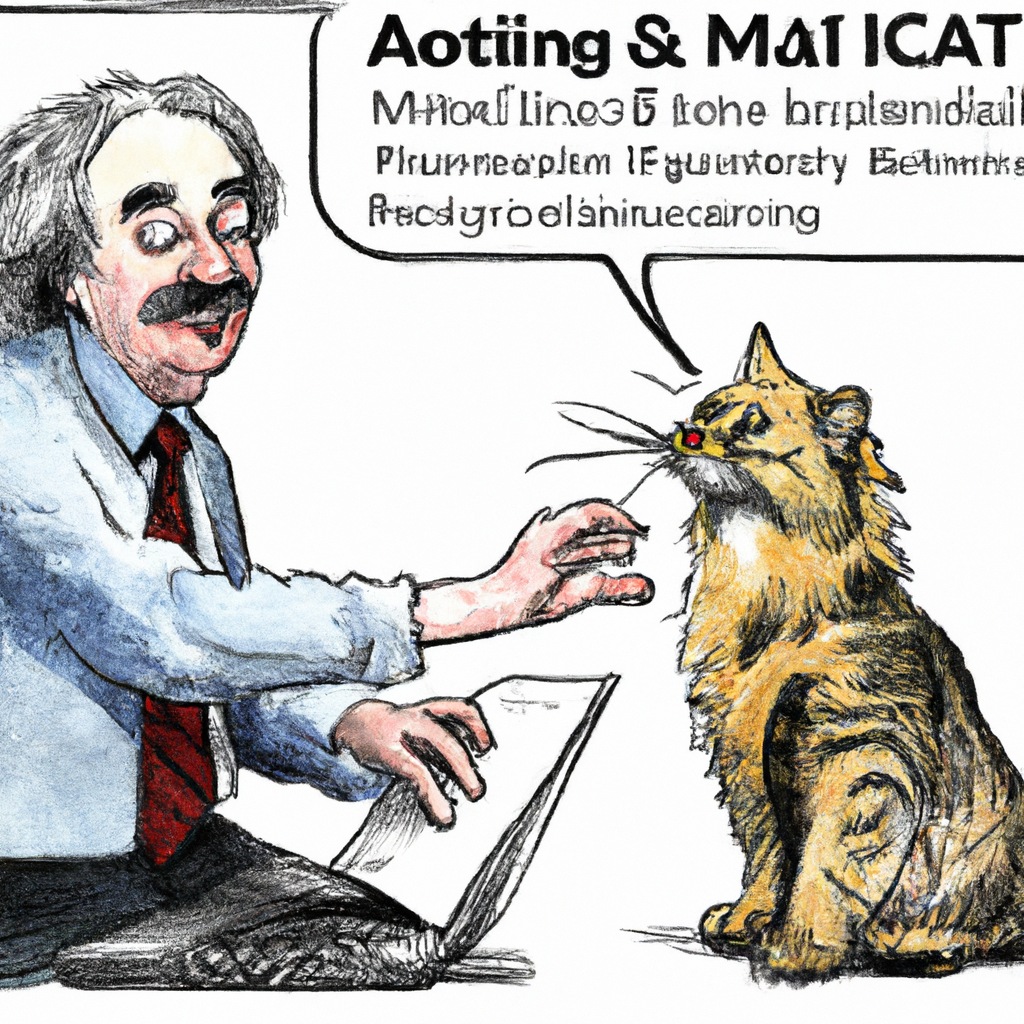
Title: A Comprehensive Guide to Artificial Intelligence for Beginners
Artificial Intelligence (AI) has been a buzzword in the tech world and beyond, transforming various sectors from healthcare to finance. For someone just starting on this journey of understanding AI, it may seem like an overwhelming task. This article aims at simplifying that process by providing beginner-level information about AI including its types, applications, how it works and how you can start building your own simple AI system.
Understanding What is Artificial Intelligence
At its core essence, artificial intelligence refers to the simulation of human intelligence processes by machines or computer systems. These processes include learning (the acquisition of information and rules for using the information), reasoning (using these rules as guidelines to reach approximate or definite conclusions), self-correction and perception.
Types Of Artificial Intelligence
There are two main types of artificial intelligence – Narrow AI which excels at performing single tasks such as voice commands in Siri or Alexa; Generalized AIs which have capabilities similar to human brains i.e., they can understand, learn from experience & apply knowledge across different domains.
How Does It Work?
Artificial Intelligent systems run on algorithms – sets of unambiguous instructions used while creating software programs. They use these algorithms combined with complex models based on statistical analysis allowing them to predict certain outcomes over time.
For example- recommendation engines used by Amazon uses machine learning algorithms analyzing customer’s purchase history against vast product databases predicting products customers might be interested in purchasing next.
Applications Of Artificial Information
From Google’s search engine predictive text capability making online searching faster & more efficient; Uber utilizing machine learning predicting ETA for rides; Netflix recommending movies/shows based upon viewing habits – all rely heavily upon artificial intelligence technology delivering their services seamlessly enhancing user experiences exponentially.
Getting Started With Building An Ai System:
Starting off with building an AI system requires basic programming skills along with strong mathematical background particularly areas like linear algebra/statistics/calculus/probability. Python is the most popular language for AI due to its simplicity and vast array of libraries specifically developed for AI such as TensorFlow, PyTorch, etc.
Here’s a simple example of how you can build an image recognition system using Python:
1. Start off by installing relevant libraries like Tensorflow/Keras which are helpful in building neural networks.
2. Obtain your dataset – it could be any set of images that you want your machine to recognize.
3. Prepare your data – clean up and normalize the images so they’re ready to feed into a model.
4. Build & train your model – use layers in Keras library specifying number/type according to specific needs optimizing performance iteratively through trial/error process adjusting parameters accordingly
5 . Test Model: Once trained successfully test this on new unseen data monitoring its performance tweaking if necessary improving accuracy rate
Final Thoughts
Artificial Intelligence holds immense potential revolutionizing sectors drastically enhancing efficiency levels with automation capabilities making systems smarter than ever before saving time/resources while delivering high-quality services/products.
However, mastering artificial intelligence requires continuous learning/updating skills keeping pace with evolving trends/technologies ensuring one stays relevant in this fast-paced dynamic field offering endless opportunities those willing dive deep into complexities unraveling mysteries behind intelligent machines changing world around us every single day!
Artificial Intelligence (AI) is being used in the healthcare industry to improve patient care and treatment outcomes. For instance, machine learning algorithms can be trained to analyze large volumes of patient data – including medical history, genetic information, and test results – to identify patterns that may indicate a risk for certain diseases. This allows doctors to make more accurate diagnoses or even predict health issues before they become serious.
Furthermore, AI can also assist in drug discovery by analyzing complex biomedical data to identify potential therapeutic treatments faster than traditional methods. It can streamline clinical trials by identifying suitable candidates based on their health information.
In addition, AI-powered chatbots are increasingly being used as first-line customer service representatives in many industries because they’re capable of handling common queries 24/7 without human intervention.
Automated vehicles also employ artificial intelligence technology: through sensors and onboard analytics, these vehicles understand their surroundings and make decisions about route selection or obstacle avoidance without human input.
Another example is recommendation systems utilized by online retail platforms like Amazon or streaming services like Netflix – these use AI algorithms that analyze user behavior (purchases/views/ratings) over time so as not only provide personalized recommendations but optimize search results too.
**Here’s a story about Gato Rico**
Once upon a time in the heart of Silicon Valley lived an eccentric billionaire named Gato Rico. Now, what distinguished this billionaire from all the others was not his enormous wealth or his quirky habits but rather that he was, indeed, a cat.
Gato Rico wasn’t always rich; he had inherited his fortune from Mrs. Vanderbilt – an elderly widow with no children who adored cats more than anything in the world and decided to leave her entire estate to her favorite companion.
Now being fabulously wealthy is one thing for humans but for a cat? It’s quite another! However, our furry friend took it surprisingly well. He hired (through some complex series of meows and purrs) reputable human assistants to manage his vast empire while he focused on things like sunbathing and catching laser pointers.
One day though, after pawing through Forbes magazine (his favorite pastime), Gato noticed something interesting: everyone seemed obsessed with artificial intelligence these days! Intrigued by this new trend among billionaires like Elon Musk or Mark Zuckerberg – both humans AND fellow billionaires – Gato decided that investing in AI technology would be purrfect!
With help from Siri (yes even cats use Apple products), he contacted Dr. Felinus Whiskerstein – one of Silicon Valley’s leading experts on AI development- expressing interest in developing ‘FelinAI,’ an AI designed specifically for felines’ needs.
Months passed as they worked tirelessly on ‘FelinAI.’ The result? A voice-operated litter box cleaner dubbed “Litter-Bot,” automatic food dispensers programmed according to each cat’s diet called “FeedMeow,” and incredibly sophisticated mouse-like robots known as “Robo-Rodents.”
The launch was such success that every feline fancier wanted their paws on these gadgets! Not only did they make life easier for their beloved pets but also gave them the amusement they never knew they needed. Gato Rico’s wealth skyrocketed, and he became Silicon Valley’s first feline billionaire tech-mogul.
However, with great power comes great responsibility (or so says Spiderman). One day while lounging on his diamond-studded cat tower, Gato accidentally activated a ‘Robo-Rodent,’ causing havoc in his luxurious mansion. The AI mouse ran amok – knocking over expensive vases and scratching antique furniture as it tried to evade our heroic cat.
The chase ended when Litter-Bot swooped in and trapped the Robo-Rodent under an overturned litter tray. It was a sight straight out of some futuristic Tom & Jerry episode! After this hilarious debacle, Gato decided that perhaps AI technology needed more refining before being left unsupervised around cats!
In conclusion: even though you’re a rich cat with access to cutting-edge technology doesn’t mean you’re immune from funny mishaps involving rogue robotic mice! But hey – such is life for our favorite feline millionaire!






